SQL and OLAP Database Sizes Retrieval
The stored procedure GetTableDataSizeByYear retrieves the data size and reserved space of SQL and OLAP databases for a specific year. This guide provides instructions on how to use this stored procedure to obtain information about database sizes, which is essential for capacity management and future disk space projections.
To create and run the stored procedure in SQL Server Management Studio (SSMS), follow these instructions:
-
On your machine, open SQL Server Management Studio (SSMS), click on Connect, then select the Database Engine. Enter the server name and choose an Authentication type.
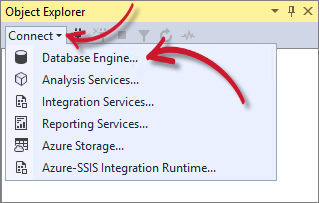 Connect to Database Engine
Connect to Database Engine
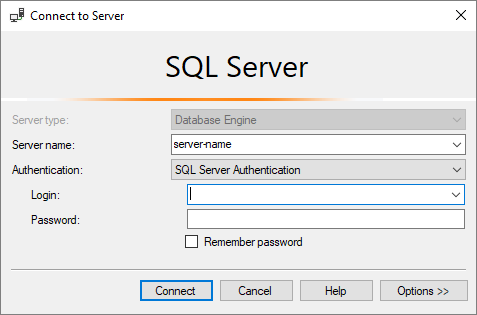 Connect to Server
Connect to Server
-
In the left pane, go to Databases > <database_name> > Programmability > Stored Procedures.
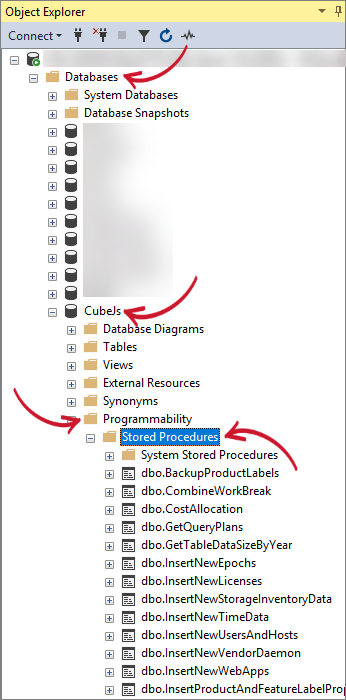 Stored Procedure
Stored Procedure
-
Right-click on
dbo.GetTableDataSizeByYearand select Execute Store Procedure... Execute Stored Procedure
Execute Stored Procedure
-
Type your desired year under the Value column.
-
Click OK.
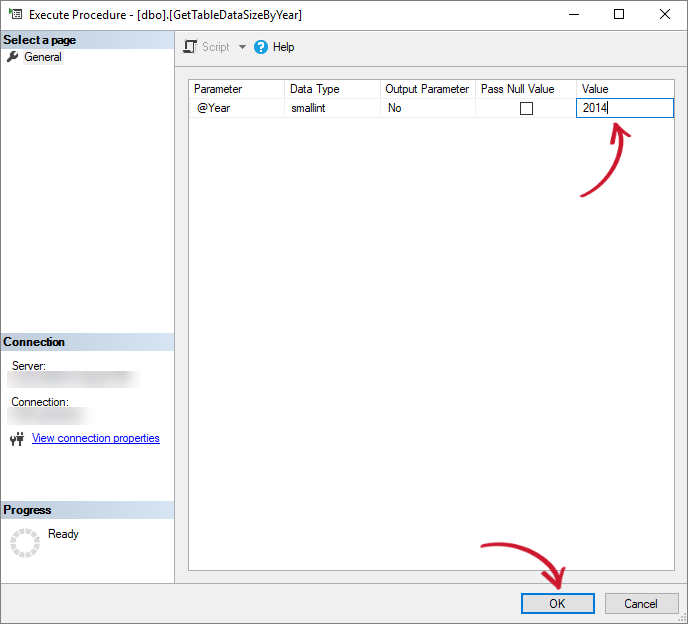 Execute Procedure
Execute Procedure
The result should include columns for the year, table name, row count, data size, and reserved size for the SQL Database. For the OLAP Database, the results should display the approx_olap_db_size_gb.
Year TableName RowCount data_size_gb reserved_size_gb 2014 --All-- 1772360 0.3465 0.3653 2014 95 1046310 0.2017 0.2109 2014 102 542658 0.1076 0.1098 2014 94 9100 0.019 0.0216 2014 93 52949 0.0133 0.0155 2014 75 31343 0.0049 0.0075 SQL Database Size Query Results
tipThe --All-- entry under the TableName column represents the aggregated values for all tables.
approx_olap_db_size_gb 0.0381 OLAP Database Size Query Results
NOTEThe output is an estimate of the size, and the numbers may differ from the actual MDF (SQL Server data file) size due to the inclusion of other data not reflected in this result set.
You can use the results above to create a bar chart for capacity management and future disk space projections, utilizing the data from the query results.
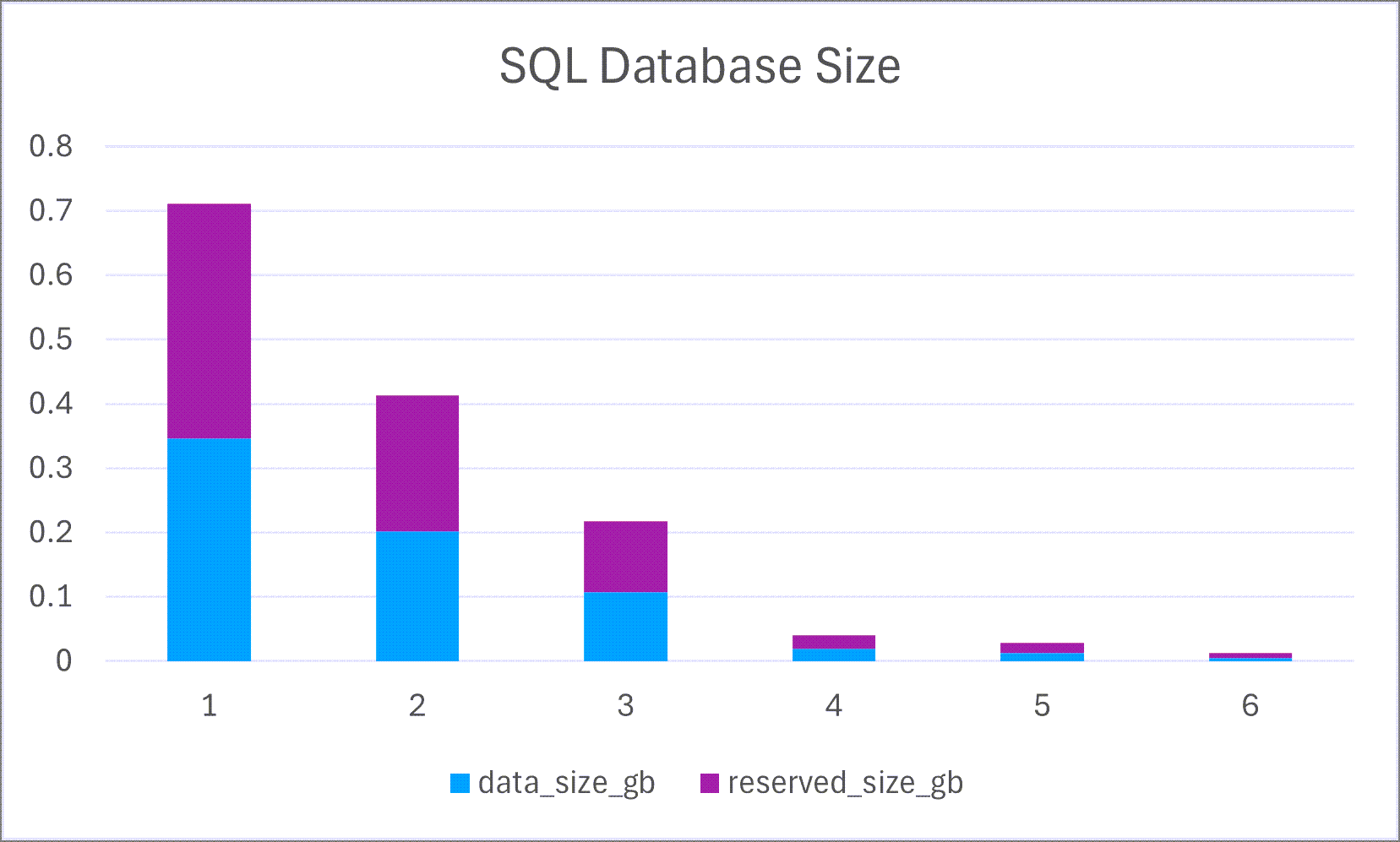 Database Size Query Results Graph
Database Size Query Results Graph